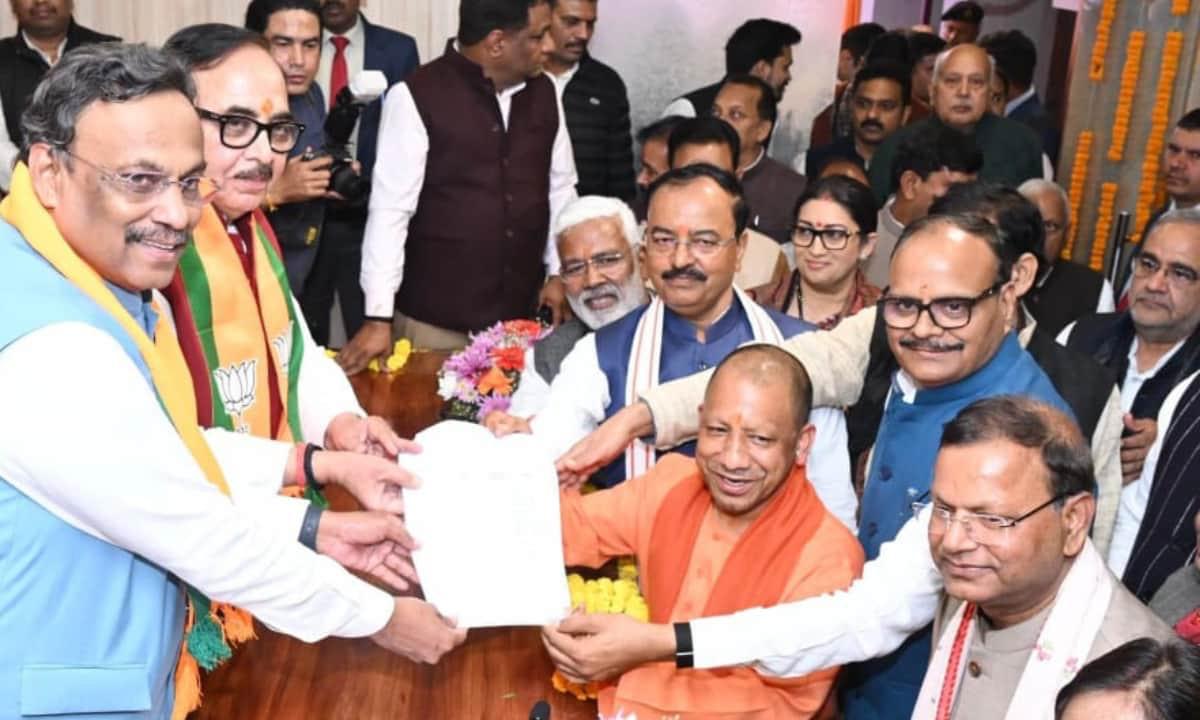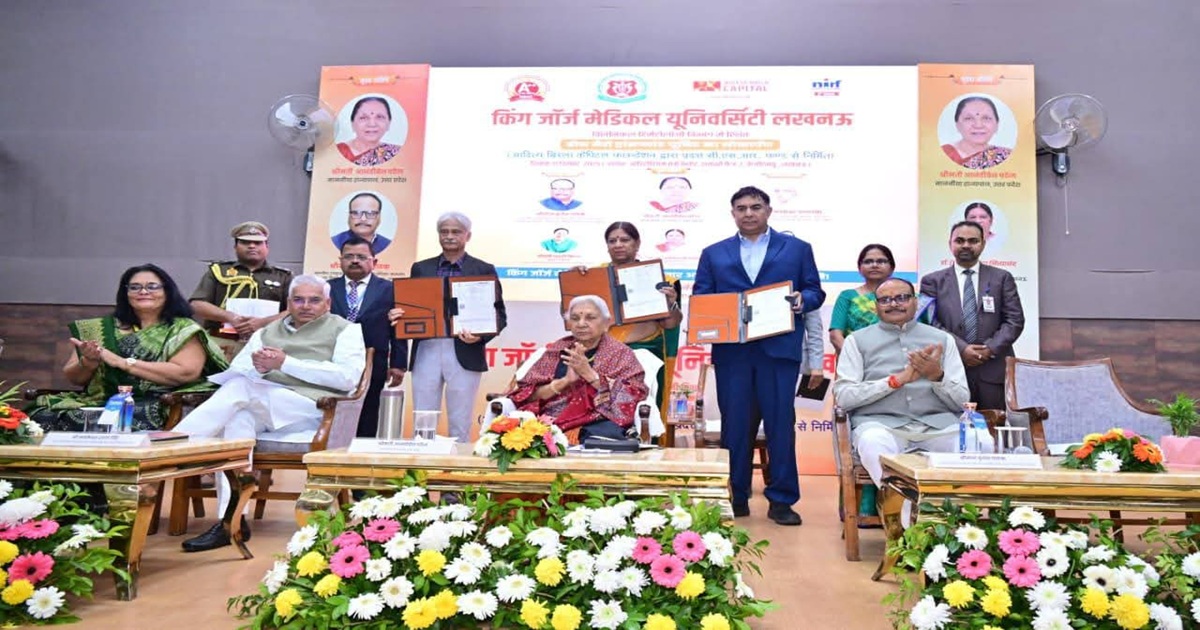
Ahead of the peak New Year tourist season in Goa, a wave of social media complaints has surfaced, spotlighting a growing discontent with soaring costs, poor infrastructure, and declining standards in the state. Earlier this month, the Goa government’s tourism department even filed a police complaint against an entrepreneur, whose post on X about the state of tourism in Goa had prompted several other travellers to chime in with their own negative experiences from the state.
Expectantly, the move backfired as more visitors started voicing frustrations with "exorbitant costs" and "poor services" in the state, casting a shadow over Goa's reputation as a premier beach destination. Negative posts and reviews highlight a range of issues — beach litter, monopolistic taxi services, inadequate infrastructure, and spiralling expenses — challenging the state’s allure for both domestic and international tourists.
Once India’s quintessential beach paradise, why is Goa facing a reputation crisis that threatens its status as India's top travel destination.
Broken glass on beaches: A safety hazard
A recurring concern is the hazardous litter, particularly broken glass, found along Salcete’s coastal belt. Tourists, especially foreigners who aren't aware of the problem, face an unexpected risk from glass shards embedded in the sands of popular beaches.
Several incidents of injuries to children and tourists have been reported, and local operators note a surge in complaints and negative online reviews that tarnish Goa’s beach-friendly image. Despite authorities attributing the issue to public drinking, broken glass remains a prevalent and worrying issue for Goa’s tourism stakeholders.
Decline in international tourism
Recent data indicate a concerning drop in international tourist arrivals, down by 25 per cent compared to 2019’s pre-pandemic levels. Observers suggest that Goa’s image as a world-class tourist spot has eroded, as potential visitors now turn to alternative destinations in Southeast Asia that offer a similar beach experience at a lower cost.
Figures shared on social media by entrepreneur Ramanuj Mukherjee suggest that, although domestic tourism is steady, international visitors are increasingly choosing destinations like Sri Lanka over Goa.
p>Tourism in Goa is down in dumps
— Ramanuj Mukherjee (@law_ninja) November 5, 2024
Foreign tourists have abandoned the state already. Look at 2019 v 2023 numbers. Russians and Brits who used to visit annually have opted for Sri Lanka instead.
Indian tourists still visiting, but soon likely to ditch it as word spreads about… pic.twitter.com/RF2TLC2Zvi
Overcrowding and loss of local charm
Goa’s popularity, combined with overdevelopment in some areas, has arguably diluted its unique charm. North Goa, once known for its laid-back vibe, has transformed into a bustling zone, saturated with shops, tattoo parlours, and eateries tailored to North Indian tourists, often at the expense of authentic Goan culture. Mass tourism has also encouraged a proliferation of casinos and unregulated beach shacks, many of which flout coastal regulations, leading to further environmental degradation.
Taxi 'mafia' and transportation woes
One of the most vocal complaints revolves around Goa’s notorious taxi “mafia.” Social media users frequently share experiences of being charged excessive rates or threatened by unionised drivers.
Goa’s taxi mafia is responsible for it. 100%
I went to pick up a friend (from Germany) from Benaulim Beach and I was accompanied by another friend (a local Goan). A taxi guy (in Benaulim) saw us, he stopped us and in no time there were 10+ taxi drivers ready to beat us up. The… https://t.co/V43IsQXBm9
A local X user recounted how aggressive taxi operators confronted a driver booked through Google, forcing the tourist to rely on local drivers or risk being stranded. State Transport Minister Mauvin Godinho has acknowledged the issue, calling it Goa’s “biggest problem.” Attempts to reform the system, such as installing meters, have met resistance, with drivers refusing to adapt to more transparent practices.
The biggest issue from the point of view of even an ordinary tourist is the transportation infrastructure, or the lack of it. The unions have turned into mafias there. You can strong-arm such things for a few months maybe, but in the long run, these are pure regressive policies.
The government estimates that revenue losses from unregulated taxi operations could be as high as Rs 100 crore annually due to unpaid taxes.
Comparing costs: Goa vs Southeast Asia
Many visitors note that Goa has become pricier than competitors like Phuket and Bali, where similar infrastructure and amenities come at a fraction of the cost. On social media, users question whether Goa’s high rates, from accommodation to basic amenities, are sustainable as nearby countries offer equally appealing but more affordable alternatives.
Reason is very clear: Goa is not cheap, has the worst infrastructure of any of the international beach destinations I have visited. Phuket, 🇹🇭 is cheaper than Goa & has much better infrastructure. pic.twitter.com/VYkw0necwE
With the global trend of budget-conscious travel, Goa’s high expenses might be deterring tourists who could opt for destinations with superior services at lower prices.
Government response and commitments
In response to these rising complaints, Goa’s Department of Tourism recently issued a statement defending its position in comparison to larger countries with more resources, like Thailand and Indonesia. Acknowledging the state’s challenges in infrastructure and transportation, the department cited limited international air connectivity as a hurdle in attracting more global visitors. Officials are reportedly working to increase seat entitlements on flights to Goa and expand routes, which could help bring costs down and improve accessibility.
The department also highlighted an upswing in domestic tourism, reporting over 8 million Indian visitors in 2023. Despite this growth, foreign tourist numbers are struggling to reach pre-pandemic levels. Officials now aim to shift from a quantity-driven model to one focused on quality, prioritising sustainable tourism that benefits the local economy and protects the environment.
Environmental and infrastructure challenges
Beyond cost and convenience, environmental concerns are also threatening Goa’s reputation. Pollution, beach litter, and insufficient sanitation facilities have worsened over the years. Open defecation on some beaches, likely due to inadequate public amenities, reflects a deeper problem that requires attention. Proposals to impose entry fees, restrict vehicle access, and penalise littering could be initial steps to address these issues, but public awareness campaigns are crucial for lasting change. Strengthening waste management and enhancing beach cleanliness are also essential to restoring Goa’s image.
Towards a sustainable Goa: Revitalising tourism
To reinvigorate its appeal, Goa could consider rebranding itself as an exclusive yet affordable getaway, balancing quality with accessibility. Comparisons to Southeast Asian destinations underscore the need for competitive pricing and improved services. Expanding public transport options and welcoming ride-sharing platforms could alleviate issues with the taxi industry while also enhancing tourists’ mobility and safety. Improving waste management, infrastructure, and local accountability are key to a sustainable tourism model that respects Goa’s natural environment and enhances visitor experience.
A sustainable tourism revival in Goa requires collaboration. The involvement of local communities, public-private partnerships, and responsible policy-making can foster a tourism ecosystem that benefits locals as well as tourists. Financial incentives, such as tax breaks for eco-friendly businesses, could encourage sustainable development. Public awareness campaigns aimed at tourists and locals alike would promote environmental responsibility, helping to preserve Goa’s rich heritage and natural beauty for generations.
Repositioning Goa on the global map demands an integrated approach that respects the region’s unique identity while addressing the pressing challenges of today’s tourism landscape. Only then can Goa reclaim its position as a favoured destination for both domestic and international travellers.
Popular Categories
Read More Articles
Business
D2C plant-based nutrition brand Earthful is hiring Moms to Speak on Menopause & is offering ₹1 Lakh Stipend! by Awadh 360° Desk December 15, 2025India
Appropriation vs. Appreciation: Reclaiming Indian Culture, Craft and Credit by Mohammed M. Raza December 13, 2025Politics
BJP turns to OBC leader Pankaj Chaudhary for UP top post by Awadh 360° Desk December 13, 2025Business
KGMU, Aditya Birla Capital Inaugurate State-of-the-Art BMT Ward to Transform Cancer Care in Uttar Pradesh by Awadh 360° Desk December 12, 2025



